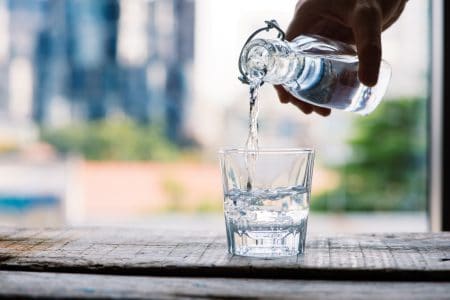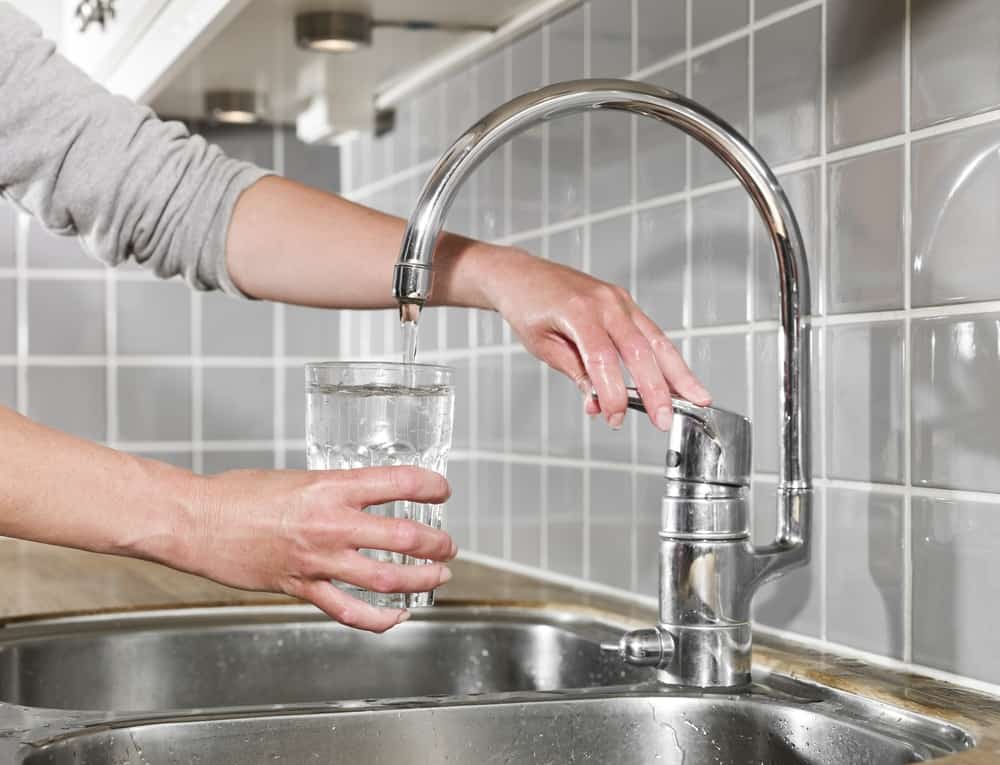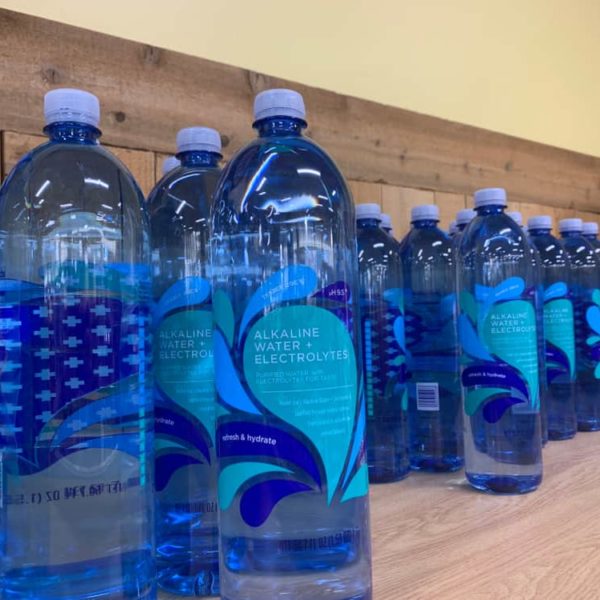How To Remove Excess Chlorine From Drinking Water

Let me dig deeper and explain each of these methods in detail.
How to remove excess chlorine from drinking water. Some water treatment companies have switched to ozone O₃ to treat the water but ozonation is considerably more expensive. Thankfully technology can help you overcome this issue. A simple way to remove chlorine from water is to let it evaporate from the water.
Standard Carbon Filters such as Granular Activated Carbon GAC or Carbon Block can eliminate chlorine from drinking water. Water ionizers and filter pitchers can clean your water and also alkalize your water improve pH level. Stripping with fresh air Off-gassing boiling charcoal filtration using an air-stone and Reverse osmosis.
A reverse osmosis filtrations system will remove 99 of all contaminants in the water including heavy metals and pesticides. Reverse Osmosis RO Reverse osmosis is one of the most popular methods to remove PFAS from water because it can significantly reduce concentrations of multiple compounds simultaneously if used as part of a treatment process. Berkey Water Filters can remove.
To speed up the process you can apply heat. Yes boiling water for 15 minutes is one way to release all the chlorine from tap water. The latest technology allows carbon to bind effectively to chlorine to prevent it from entering your home.
At room temperature chlorine gas weighs less than air and will naturally evaporate off without boiling. And repeat it for at least 10 times to removes all the chlorine from water. It helps to boil the water.
There should be no more than 4ppm mgL of chlorine in drinking water. Thats because by design activated carbon filters are intended for free chlorine removal which means they have the wrong surface area or flow rate to adsorb chloramines. You can remove chlorine from water without chemicals by using any of the following methods.



















